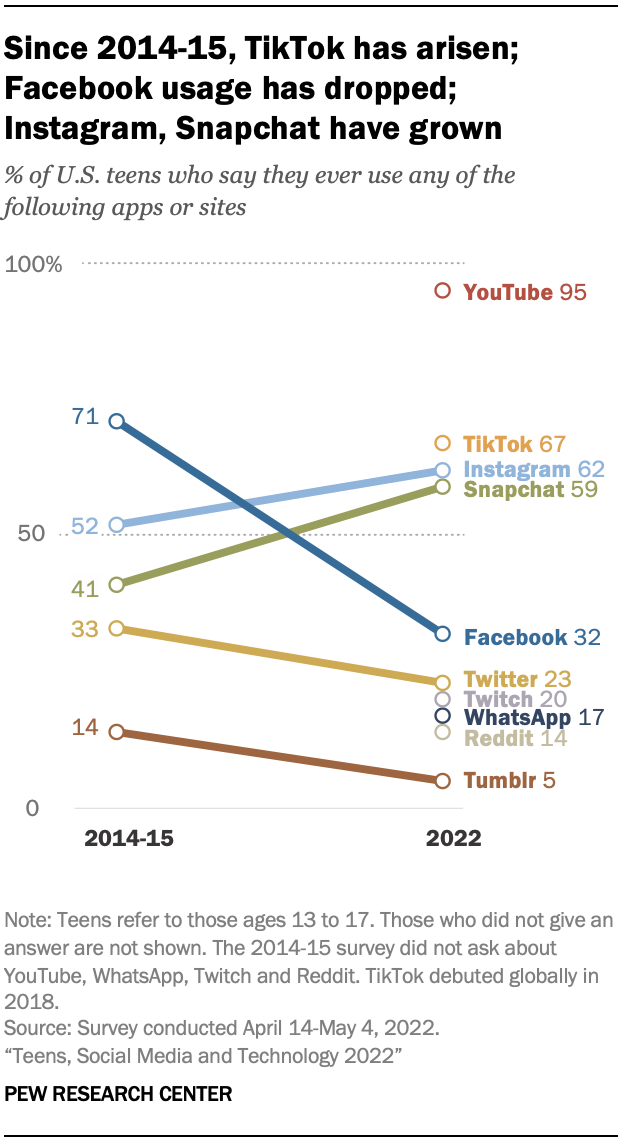(Image downloaded from Freepik: www.freepik.com)
When it comes to presenting information to patrons of a library there are a number of tools online to help staff create content. However after that media is created, the location where the information is shared is just as important. For example, videos are very important presentation tools that can be used to convey important information, from a tutorial on how to use a library app, to a book trailer for your library's most popular circulating items. There are many locations where one can choose to display the media created, such as the library's website, TikTok, or YouTube/Instagram shorts. In regards to tools used to make the presentations, one could use something as simple as Capcut Creator to make an aesthetically pleasing and intriguing piece of media. In his article, King states "Make sure to create great, useful content. This is
the hardest “rule” of social media and the one that will
gain you the most traction in using social media for an
organization. Share great content, and your customers
will want to connect with you." Choosing what media to make and where to share it is important, making sure to keep the appropriate audience in mind. This chart from the PewResearch Center shows recent trends in which social media apps/sites teens tend to use.

Social Media is a powerful tool that libraries can engage and experiment with to better connect with their community. Libraries can share what events are coming up, and other informative information. Social Media can be difficult, however, Hilburn states several key principles for important aspects of social media, like growing a following, such as: Remembering that one does not need to be a graphic design expert when tools such as Canva and Capcut exist and ensuring that one is consistent in both design and posting times on their social media (13). Below are videos to help get you started on using social media as a presentation tool for your library. I believe that social media is a very important presentation tool that libraries must engage with to better connect with patrons.
Works Cited
Hilburn, Jessica. “Dad Jokes and Storytime Posts: How to Create a Fun, Informative Library Social Media Presence.” Information Today, vol. 37, no. 3, Apr. 2020, pp. 12–14. EBSCOhost, search.ebscohost.com/login.aspx? direct=true&db=hch&AN=142482454&site=ehost-live&scope=site.
King, David Lee. “Landscape of Social Media for Libraries.” Library Technology Reports, vol. 51, no. 1, Jan. 2015, pp. 10–15. EBSCOhost, search.ebscohost.com/login.aspx? direct=true&db=f6h&AN=100279059&site=ehost-live&scope=site.
Vogels, Emily A. “Teens, Social Media and Technology 2022.” Pew Research Center, Pew Research Center, 10 Aug. 2022, www.pewresearch.org/internet/2022/08/10/teens-social-media-and-technology-2022/.










.png)

.png)


